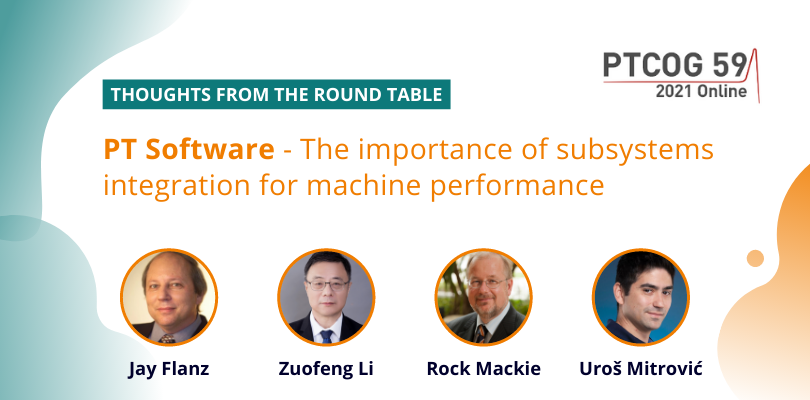PT Software – The importance of subsystems integration for machine performance

Integration’s effect on overall system performance
It is a no-brainer that the attentiveness and quality of integrating a multitude of components, units and subsystems into one system determine its end performance. What are the lessons learnt in particle therapy (PT) machine integration?
Uros Mitrovic believes a typical approach of new vendors entering the market or of individual scientific spin-offs is to buy commercial off-the-shelf (COTS) products for various parts of the particle therapy machine and expect them to be well integrated, with minimal effort. Nevertheless, all of these independent devices and units have their own communication protocols, behaviour, internal/local states and workflows.
In the end, such systems may work poorly or not at all. In this respect, wise and purposeful integration planning and software development is the key to the success of a particle therapy system. For example, in a treatment room, one has a multitude of highly complex devices. Among them are the image-guided radiation therapy (IGRT) unit, the gantry, the patient positioning and setup (PPS) mechanism and the dose delivery system (DDS). Each of them comes with its interface, specifics and limitations. Basically, these devices were never tested before working together in a target system. The latter makes integrating all of these COTS products in a way that enables meaningful and efficient clinical workflows quite challenging.
QA and Clinical Workflows
Performant software also plays an essential part in delivering efficient clinical and quality assurance (QA) workflows that are transparent and have accessible data, i.g. through comprehensive QA logging. Information presented to technical users should, obviously, be different to the information shown to clinical users. Technical users require insight into the full complexity of the workflows, while clinical users need to see just the essential facts.
Zuofeng Li points out that people are creatures of habit. In radiation oncology, for example, we have the therapist, physician and physicist. Although all of these work together, each of them has been trained in a distinct way and has become accustomed to a certain flow of procedures and familiar scenarios.
There is also an additional, international dimension to workflow management and display: radiotherapy “standard operating procedures” can differ from country to country and well-designed software for clinical and QA workflows takes this into account. It may become an issue, for instance, when one introduces a solution totally against user intuition or country-specific practice and develop into a safety concern.
Read the rest of the series …
This is the opening article in a series of blogs dealing with the challenges of developing good software for particle therapy systems and is based on the PTCOG 59 round table “SOFTware: the HARD part of proton therapy“.
- Part 1: “PT Software – The importance of subsystems integration for machine performance“
- Part 2: “PT Software – Radiation Therapy and Particle Therapy machines differ so much in the control-room design”
- Part 3: “PT Software – Safety Systems”
- Part 4: Next time, we will look at PT system upgrades and the contribution of software to PT improvement.
Subscribe to our newsletter
What kind of content are you interested in?





